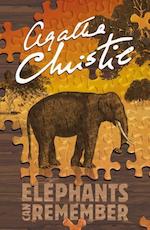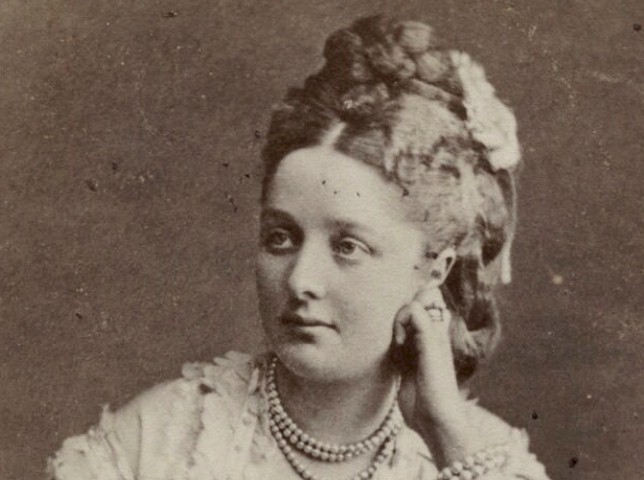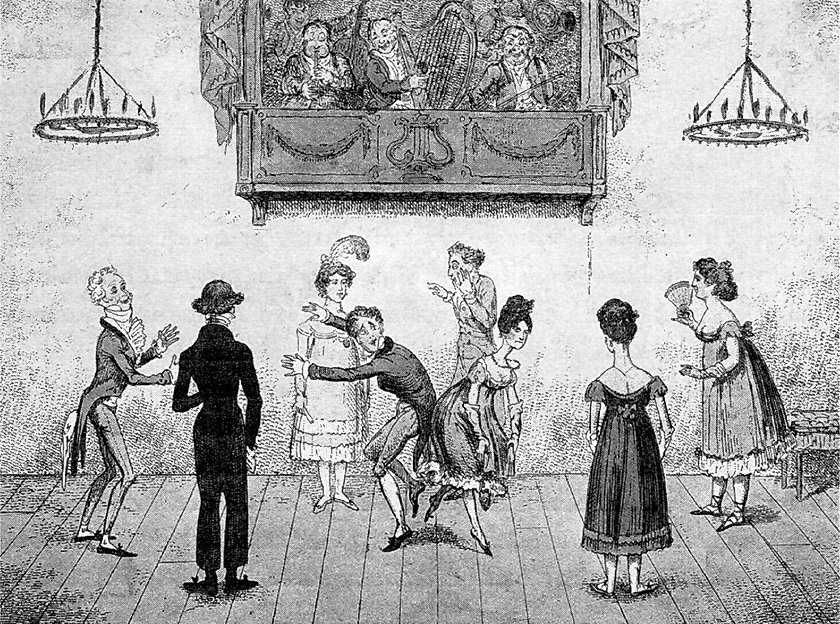
Poirot Score: 57
Elephants Can Remember
☆☆
Reasons for the Poirot Score
Christie, now over 80 years old, is still experimenting with plot ideas.This is the last Poirot novel that Christie wrote, and the last in which Ariadne Oliver, that alter ego of Christie herself, appears. Mrs Oliver asks Poirot to investigate the deaths, twelve years ago, of her god-daughter’s parents. The main ‘twist’ is fairly obvious, and several different solutions are possible. The clueing is adequate but Christie does not build up the red-herring plots sufficiently to lead the reader astray. There are several small inconsistencies that could have been eradicated with more careful editing.
Click here for full review (spoilers ahead)
Trivia
Solving old crimes, and …
We all have interests in certain cases that are past. Did Lizzie Borden really kill her father and mother with an axe? There are people who still do not think so. Who killed Charles Bravo and why? ..And Monsieur Poirot … has occasionally shown a leaning towards looking into cases, going back, shall we say, for murder, back into the past, twice, perhaps three times. .. Once, I think I am right, by request of a Canadian girl.
Chapter 5
Chief Superintendent Garroway is right about Poirot. The ‘Canadian girl’ is ‘Little Carla’ – Carla Lemarchant, born Caroline Crale, whose mother was convicted of murder. Sixteen years after her mother’s conviction she asks Poirot to re-examine the case. The story is told in Five Little Pigs. In Sad Cypress Elinor Carlisle has been arrested and is about to be tried for murder. The local doctor, who is in love with Elinor, asks Poirot to save her. In Mrs McGinty’s DeadSuperintendent Spence thinks that the man arrested will be tried, found guilty and hanged but he is not convinced they have arrested the right man. He asks Poirot for a second opinion.
These three Poirot books are not the only Christie novels that involve examining a past case. In Ordeal by Innocence Jacko Argyle was convicted of killing his mother and has subsequently died in prison. This conviction is put in doubt when Arthur Calgary comes forward and provides the deceased Jacko with an alibi. And in Sleeping Murder which, although not published until 1976 was written in the 1940s, a disappearance from almost 20 years earlier is investigated as murder, with Miss Marple, rather reluctantly, caught up in the action. There are several further Christie novels in which earlier deaths are reconsidered as possible murders in the light of the investigation of a recent killing.
Lizzie Borden, Charles Bravo
Lizzie Borden was tried for the murders of her parents but at her trial in 1893 she was acquitted and no one else was ever prosecuted (see Trivia for Sleeping Murder).
In April 1876 Charles Bravo died from ingesting antimony. He was living in a large house, The Priory, on the edge of Tooting Bec Common, in Balham, South London, not fifteen minutes walk from where I was brought up. No one was prosecuted for the death. There have been no shortage of theories. Suicide and accident were both considered at the inquest and dismissed. Some believe that it was indeed accident, and that Bravo was trying to kill his wife with cumulative small doses and then accidentally ingested the tartar emetic that killed him in the belief that it was a different and more benign emetic. In support of this view is the fact that Bravo, who took three days to die, never blamed anyone for his condition, nor did he seem curious as to how he came to be ill. Mrs Florence Ricardo, Bravo’s wealthy wife, is another suspect. Florence and Charles had only been married for four and a half months when Bravo died. She had a lover: Dr James Manby Gully who had run a hydro in Malvern before retiring to London to be close to Mrs Ricardo. Mrs Cox, companion to Mrs Ricardo, is another suspect, as is Mary Ann Keeber, the housemaid. It has been stated that Agatha Christie herself believed that Bravo was murdered by Dr Gully.


The Lancers
[Mrs Oliver] then entered into what she thought of in her own mind, with vague memories of going to dancing class as a child, as the first figure of the Lancers. Advance, retreat, hands out, turn round twice, whirl round, and so on.
Chapter 6
The Lancers is a type of quadrille. A quadrille is a dance, of French origin, which is first mentioned as being danced in London in the late eighteenth century although it did not become widespread in England until the second decade of the nineteenth century when what was known as The First Set became fashionable.
A quadrille normally involves four couples. At the start of each dance, or ‘figure’, the man and woman of each couple stand side by side, the woman on the man’s right. Each couple stands in the centre of one side of a square, facing inwards – so that each couple is facing one of the other couples. One quadrille ‘set’ normally consists of several (often five) separate dances, each called a figure, danced one after the other in specified order. Each figure has different steps, and different music. The Lancers was the second most popular quadrille set (The First Set being the most popular) during the Regency period and was presumably still being taught when Christie was growing up. The ‘first couple’ has their backs to the musicians, the second couple is to the right of the first couple, and so on. I cannot identify to which particular figure Mrs Oliver is referring if indeed she has any specific one in mind.


